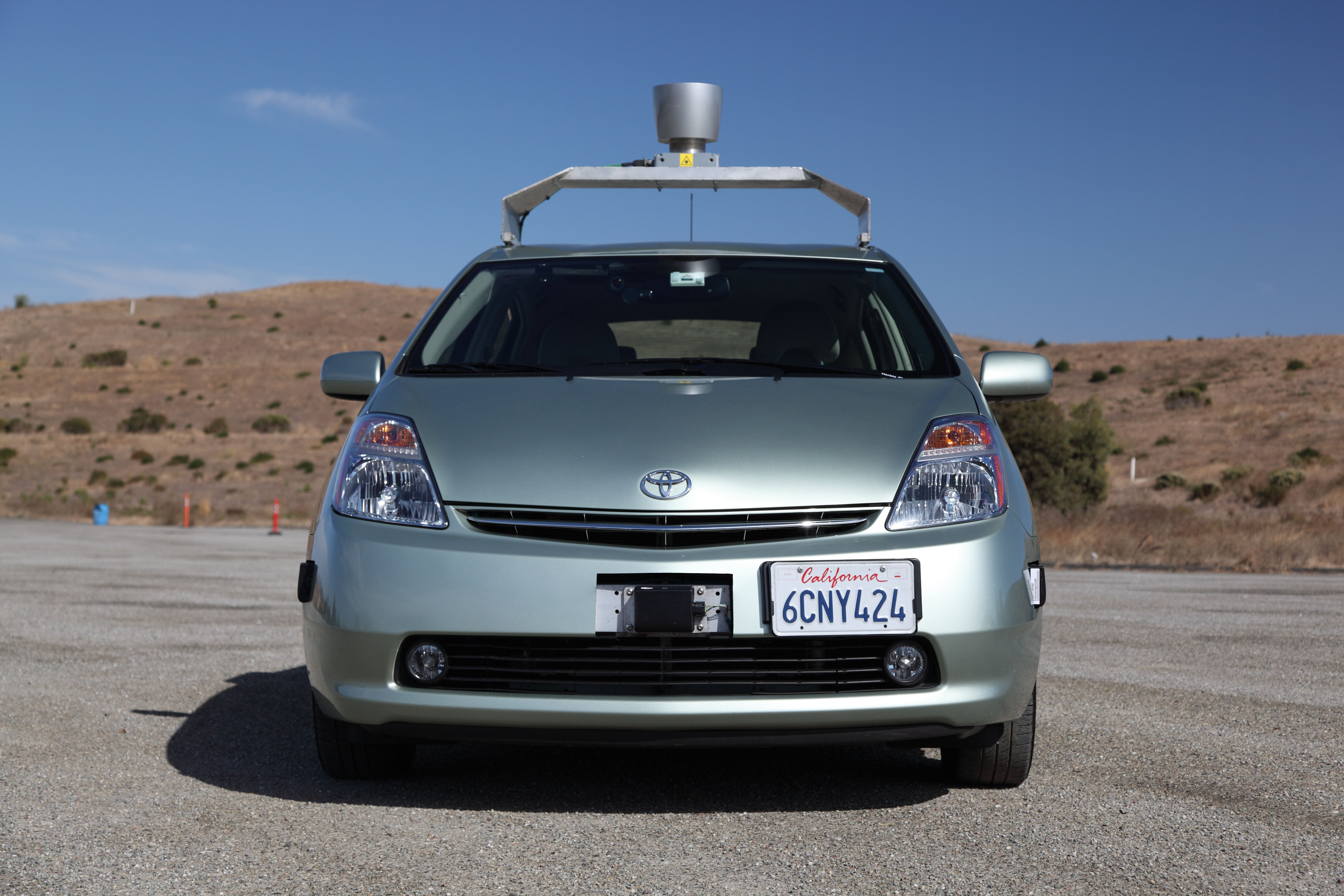"The best is the enemy of the good," said the 18th-century French writer Voltaire. It's a maxim that has a particular resonance for tech designers, because it highlights the intrinsic tension between ambition and pragmatism that haunts them. Many perfectly viable products have never made it beyond the prototype stage because their designers felt they fell too far short of the ideals they had set for themselves. One of the reasons why Steve Jobs was so remarkable as a company boss is that he was the exception that proved Voltaire's rule. He was a perfectionist for whom the good was the enemy of the best. Which is why working for him was such an exhausting business and also why Apple's products became so distinctive.
As it happens, Voltaire's maxim may also be useful in explaining what will happen in the field of autonomous vehicles, aka self-driving cars. The idea of such cars has been a hot topic in some circles since the 1980s, but was given a huge boost in October 2010 when Google announced that it had built an autonomous vehicle. It was a typical Google project: impressively ambitious and involving the application of oodles of money and formidable engineering talent to the task of creating a vehicle that could safely navigate crowded urban roads.
The Google car did indeed work as advertised. Google cars have now clocked up 700,000 km of safe driving on roads in the United States. They do it by having massive amounts of information technology on board. Each car hoovers up — and processes — nearly 1 gigabyte of data every second. The Google folks wax lyrical about the bright future for autonomous vehicles: safer roads, more efficient traffic flows, fewer accidents and casualties, mobility for people who are currently too infirm to drive, and so on.


















With your current subscription plan you can comment on stories. However, before writing your first comment, please create a display name in the Profile section of your subscriber account page.